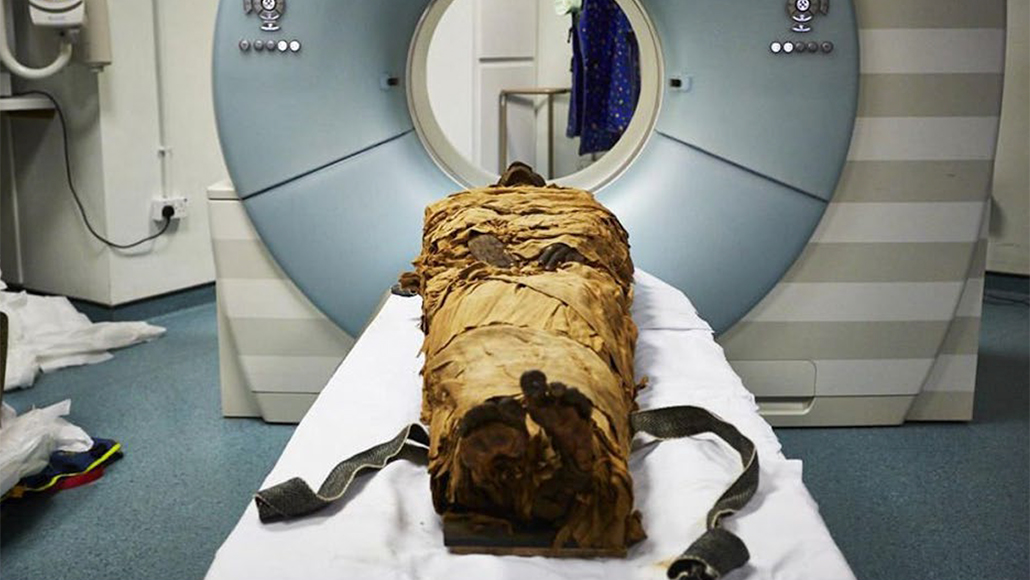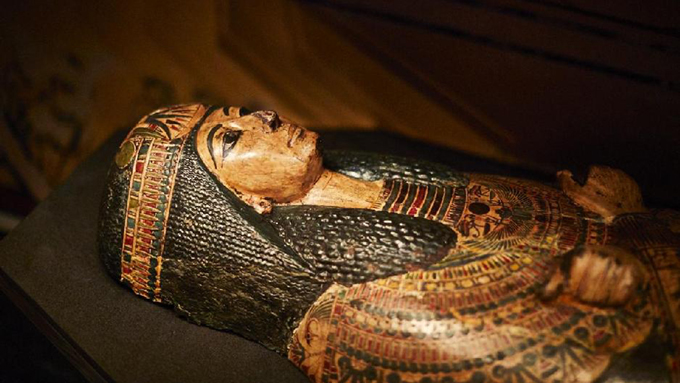A 3-D printed vocal tract lets an ancient mummy speak from beyond the grave
The replica reveals what the ancient Egyptian’s voice might have sounded like

By taking a CT scan of the vocal tract of a 3,000-year-old mummy (pictured), researchers have 3-D printed a model of the vocal tract that can make sounds.
© Leeds Teaching Hospitals/Leeds Museums and Galleries








